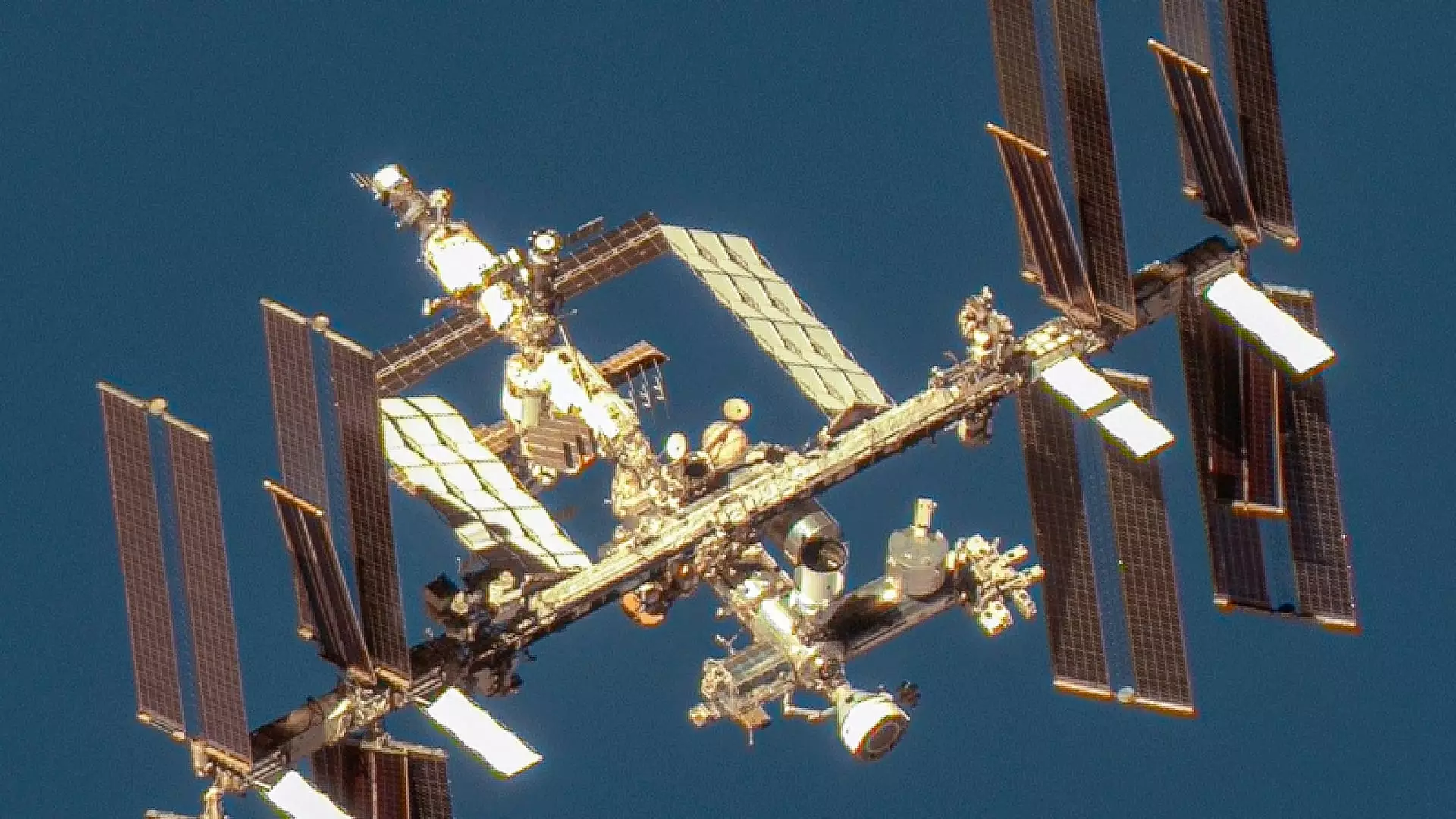Boeing’s Starliner capsule, named “Calypso,” is set to remain at the International Space Station (ISS) twice as long as initially planned. The mission, referred to as Boeing’s crew flight test, involves a series of tests being conducted on Starliner while it is docked with the ISS. This marks the first time that Starliner will carry crew members, with Butch Wilmore and Suni Williams slated to pilot the spacecraft back to Earth shortly. Originally, the mission was scheduled to last nine days, but it is now expected to return on June 22 after staying in space for at least 17 days.
During the extended mission, various tests will be conducted on Starliner, including operating the capsule’s hatch, firing seven of its thrusters, and checking the cabin air temperature. Additionally, the crew will work on finalizing departure planning and operations. The spacecraft will also undergo some ‘safe haven’ testing to ensure that astronauts can seek shelter in the spacecraft in case of an emergency.
Despite the successful launch of Starliner, the spacecraft has encountered several challenges during the mission. Initially, a single leak in Calypso’s helium propulsion system was identified; however, four additional leaks have emerged since docking with the ISS. Although NASA confirmed that the capsule has sufficient helium margin for the return trip, additional helium leaks have raised concerns. Furthermore, an issue with the spacecraft’s propulsion system also arose during the docking process.
Starliner is equipped with 28 reaction control system (RCS) engines to facilitate small movements in orbit. However, five of these thrusters were not operating as intended. After troubleshooting, four of the malfunctioning thrusters were recovered, allowing Starliner to dock successfully. NASA plans to conduct hot fire testing on seven of the eight thrusters near the spacecraft’s tail before undocking to evaluate their performance.
The crew flight test represents a crucial step towards certifying Boeing for operational crewed missions lasting six months. Despite facing setbacks, Boeing remains confident in the spacecraft’s capabilities. Initially positioned as a competitor to SpaceX’s Dragon, Starliner has encountered delays that have led to it being considered a backup option for NASA’s crewed missions.
Boeing’s Starliner Calypso mission at the International Space Station has been extended to allow for comprehensive testing and operational checks. Despite encountering challenges during the mission, the spacecraft remains on track for a successful return to Earth. The ongoing tests and evaluations will contribute to NASA’s certification process for crewed missions and provide valuable insights for future space exploration endeavors.

